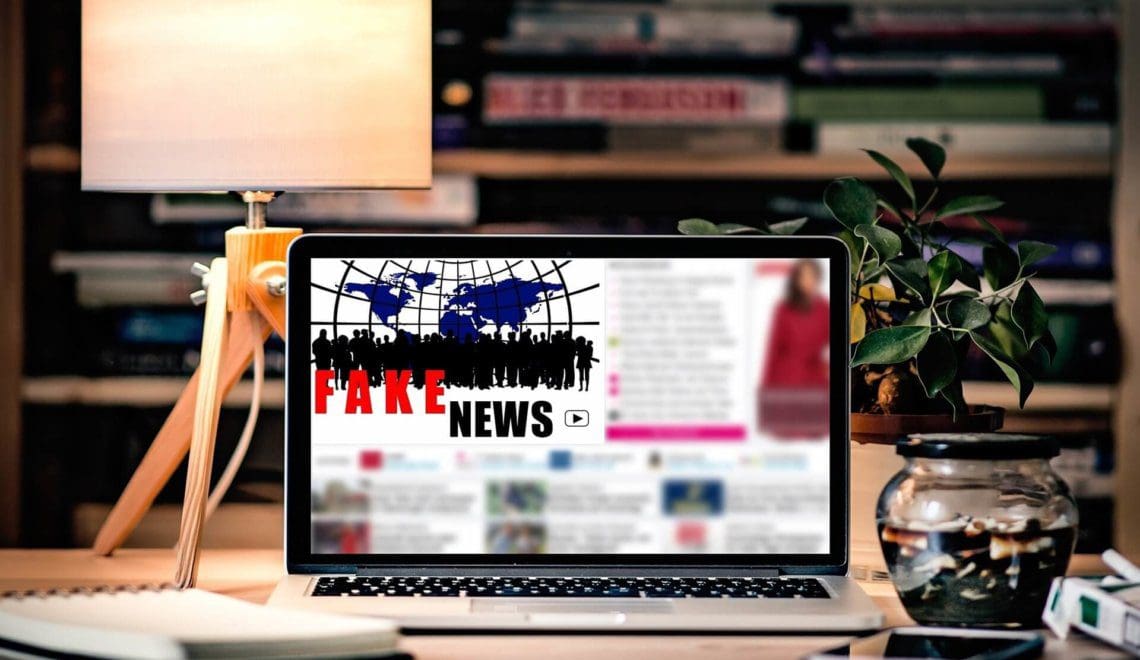The Threat to PR of Fake News

One of the most compelling reasons to undertake a media relations campaign is the credibility that placements in newspapers and magazines and other outlets give the subject of the coverage (assuming, that is, the coverage is positive). Readers and viewers assume that if a company or product merits a story, then it must be legit. That’s why you used to get clippings of stories from your grandmother.
A case in point: in the early years of our agency, we were working with Snagajob, which wasn’t much older than us back then. The company needed to get in front of the big national retailers and restaurants that would be the source of openings for job-seekers. But Snagajob, just seven really hard-working people at the time, was having trouble getting their phone calls and emails returned. Who is this Snagajob after all?
When Snagajob retained us for an initial project, its hope was that some well-placed media exposure would give them the street cred it needed. Within a month, we had secured placements on the TODAY Show, The New York Times and Time magazine (sometimes you can get lucky!), and when Snagajob attached those clips to their emails, the companies began to hit Reply.
The point is, credibility lies at the heart of what makes media relations a valuable marketing tool, and that’s why the emergence – or should I say the apparently growing prevalence – of fake news is becoming more and more disturbing for our profession. When people begin to doubt the veracity or objectiveness of a news story, it dilutes the value that it carries.
Traditional news outlets work hard to build up their credibility over time. There may be some that you personally rely on more than others, but most people put a reasonable level of confidence that reporters at historically credible outlets are honestly and objectively reporting the news. In my more than three decades in public relations, that has been overwhelmingly my experience. The reporters I have interacted with over the years work hard to be fair and get the story right. And so media placement in these outlets actually mean something. They carry the credibility and third-party validation that our clients are looking for.
Some nascent news outlets – and, frankly, even some that have been around for a while – are still working to build that credibility. So are many bloggers, as are emerging outlets that are more brand journalism than traditional news. It is earned story by story over time by checking their facts, maintaining their objectivity and presenting stories in a balanced and dispassionate way.
It’s up to us – the readers, listeners and viewers – to maintain a level of vigilance about the stories we consume, and in particular, the ones we choose to share on social media. We must hold these outlets accountable until they have earned our trust. Without the confidence of what we are reading is true, the value of our media placements in such places will carry as much weight as the fake news stories that even our grandmothers wouldn’t believe.
Leave a Reply